Good Morning and Welcome to Ruth Leon’s Theatrewise
It is Monday, the eve of the American election. By the time you read next week’s Ruth Leon’s Theatrewise, it will have been decided. Or will it? It’s also the anniversary of the day Guy Fawkes and a group of plotters tried to change the world by blowing up the English Parliament. He failed. Enough said.
Closer to my comfort zone, I’ve been scurrying in and out of theatres here in London, trying to catch up with the shows I missed while I was on holiday, enjoying myself in the mountains of New Mexico.
On my return, I’ve been wondering whether the live theatre is turning into just another place to party? We’ve become used to the ubiquitous bottles of water slurped everywhere. Is everybody really dehydrated or has the water bottle become a multi-coloured fashion accessory now that plastic isn’t correct anymore?
One evening this week, sitting quietly in my stalls seat reading the programme, a group of young people arrived just in time for the house lights to dim, carrying an icebucket, a bottle of champagne and six flutes. Already very cheerful and clearly out for a good night, they seated themselves noisily on my left. On my other side, a couple then turned up with lots of shopping bags and backpacks, and two family-size bottles of beer. They didn’t bother with glasses. By the end of the play, all the bottles were empty.
Looking around, I realised that almost everybody in the audience had a drink in their hands, wine or beer, bought in the bars before the show, topped up after the interval. Does anybody but me remember when we went to the theatre to see a play?
Back at home base I remembered that it is the 100th anniversary of that superb French composer, Gabriel Faure. On Ruth Leon’s Theatrewise this week there are two Faure items to cherish. One is his Requiem, performed by the Orchestre de Paris conducted by Paavo Jarvi. The other is a Faure masterclass from Wigmore Hall, Stephen Isserlis working with young professional chamber musicians, choc a bloc with gentle and humorous insights about the music from the master cellist.
As you might expect from the innovative and indefatiguable director Emma Rice, she and her Wise Children company have come up with a wildly different Blue Beard, unlike any other you might have seen.
There’s a delightful little film from the novelist Amor Towles about a hidden corner of the Met Museum that he has discovered and visits often. Even regular museum-goers have probably never seen it. Now we have.
The big arts story this week was the discovery of a Chopin waltz that was previously unknown to musicologists and Chopin scholars. Buried in other papers in a storeroom, a curator who is also a musician came across a manuscript which he recognised to be in Chopin’s hand, took it to the experts who, though amazed, authenticated it and sent it to pianist Lang Lang who played it last week, presumably the first time anyone has. Thanks to the New York Times, we have that performance on Ruth Leon’s Theatrewise.
Since I missed the Cabaret Convention at Lincoln Center last week, I wanted to share something of its glamour with you. Here’s a song performed by two fine exponents of the Great American Songbook, two terrific denizens of the New York cabaret world – Eric Comstock and Barbara Fasano - to mitigate my absence.
Also on Ruth Leon’s Theatrewise this week, two Pocket Reviews of plays I saw this week sans a bottle or glass in my hand. Am I missing something?
All the online events can be accessed by clicking on the links below. Some are free to watch, others may require you to subscribe, rent or buy tickets. All are worth it.
Fauré's Requiem - Paavo Järvi
Click here for tickets
Gabriel Fauré (1845–1924) was one of the most influential of French composers, linking the end of Romanticism with the beginnings of the modern era. His Requiem remains among the best-loved classical pieces.
A composer at the turning point between two centuries, Fauré was both immersed in the heritage of Romanticism while being acquainted with modern music like Schoenberg’s Pierrot Lunaire. A pupil of Saint-Saëns at the Niedermeyer School, he received a solid education, became an accomplished pianist and organist, studied the classics and, like all his generation, was passionate about Wagner. Respected by Franck, D’Indy, Duparc, Lalo and Debussy, Fauré seemed to be the last Romantic of his generation.
An organist at Rennes, then in Paris, Fauré spent his youth travelling. In 1877, he followed Saint-Saëns to Weimer to attend the first performance of Samson and Dalila, which was produced through Liszt’s incentive. In 1896, he was appointed organist at the Madeleine and professor of composition at the Paris Conservatoire. Every young composer sought this master’s tuition with his great experience and knowledge of the past’s treasures. In 1905, he became director of the Conservatoire and in 1909, a member of the Institute.
Fauré, far from grandiloquence, remained a discreet man and composer of a subtle and sensitive art. His inventive qualities disconcerted many. Within the gentleness of his chamber music, the transparency of his religious music and the complexity of certain piano pieces, Fauré left behind numerous captivating scores. Sometimes put aside or ignored, nowadays numerous young composers claim inspiration from this master’s art: an art of light versus dark, half tones and secrecy.
He died 100 years ago this week and we’re still loving his music.
Stephen Isserlis - Faure Chamber Music Masterclass
Click here to watch
One of the treats I have allowed myself this week is to watch a Faure Master Class given at Wigmore Hall by Cellist Stephen Isserlis with some young musicians (Trio Venere, Chaos String Quartet and others).
His love for Faure shines through every comment and note and it is noticeable that these young professional chamber music players lap up every correction and adjust their playing accordingly.
The works they are tackling are:
Piano Trio in D minor Op. 120
Violin Sonata No. 2 in E minor Op. 108
Cello Sonata No. 1 in D minor Op. 109
String Quartet in E minor Op. 121
Blue Beard – Wise Children
Click here for tickets
Dreamlike, music-fuelled, and wickedly murderous. Multi-award-winning Emma Rice brings her theatrical sleight of hand to this spine-tingling folktale.
When the sinister magician Blue Beard woos his bride by sawing her in half on stage, little does she know it’s a sign of things to come. After their wedding, she stumbles upon a forbidden chamber filled with the bodies of his previous wives. Will she be his next ex? Or can she bring the curtain down on this serial husband?
Emma Rice’s wildly inventive reimagining of Charles Perrault's 1667 horror tale boldly celebrates female empowerment while blending disco music, sharp comedy, and tender truths. Prepare to be spellbound—and terrified.
Blue Beard stars Tristan Sturrock as Blue Beard, with a cast including Adam Mirsky, Robyn Sinclair, Mirabelle Gremaud, Patrycja Kujawska, Katy Owen, Stu Barker and Stephanie Hockley. Stu Barker wrote the music and the choreographer is Etta Murfitt.
Studiolo – Met Museum
Click here to watch
Writer Amor Towles finds inspiration in a visit to one of his favorite places in The Met, the magical Studiolo from the Ducal Palace in Gubbio.
This is a little cubbyhole in a corner of the Met Museum that I’d never heard of until I watched this fascinating short video.
Newly Discovered Chopin Waltz - Lang Lang
Click here to watch
A real honest-to-god discovery of a ‘new’ waltz by Chopin has been found in the archives of the great New York Morgan Library by the Morgan’s curator Robinson McClellan.
Unknown to Chopin scholars and musicians, this charming piece has now been authenticated by the great and the good of musicologists and Chopin experts and was this week played at the Bechstein Hall by none other than Lang Lang. Here it is, courtesy of the New York Times whose music critic Javier C. Hernández wrote this story.
As Long as I Live - Cabaret Convention
Click here to watch
I didn’t get to the Mabel Mercer Foundation's annual Cabaret Convention in New York this year because of a scheduling conflict but I was there in spirit to hear the best of New York and world cabaret. Here’s just a little taste of what I missed – a song by two of my favourite performers, Eric Comstock and Barbara Fasano.
These two, major stars of the New York cabaret world, have an intrinsic love and understanding of the songs they sing and an irrepressible joy in singing them for their always appreciative audience (which includes me).
They sang this great song by Harold Arlen and Ted Koehler at the Cabaret Convention last week at Rose Hall's Jazz @ Lincoln Center.
It was first recorded by Lena Horne in 1934 and I think you will agree that Arlen himself would have loved this version by Eric Comstock and Barbara Fasano, accompanied by bass player Steve Doyle and drummer Daniel Glass.
I wish I’d been there.
Pocket Review
Barcelona – Duke of York’s Theatre
I’ve been in two very different cities this week – Barcelona and Rejkjavik. In neither case did I see anything of the town itself.
In Barcelona I saw the inside of an apartment in a deserted building on the eve of the wreckers’ ball. This is a two-hander by Bess Wohl with Lily Collins and Alvaro Morte as two strangers who meet in a bar (in Barcelona but it could be anywhere, even Reykjavik) and spend the night together telling each other about their lives.
Neither lifestory is very compelling but the two actors, and their director Linette Linton, do their best to convince us that their very different dilemmas - one tragic, the other comic - will matter to us.
Rejkjavik – Hampstead Theatre
The first half of Rejkjavik doesn’t happen in Rejkjavik at all but in Hull. This is playwright Richard Bean’s home town and he is deeply commited to its history as the home port of the fishing trawlers which venture to some of the most dangerous waters in the world and from where some never return.
When we meet trawler owner Donald Craxton (John Hollingworth) he is dealing with the loss of one of his boats, leaving only a few survivors who are waiting in a down-market Rejkjavik hotel to be brought home to Hull.
Bean’s play gives us a close-up view of what this unforgiving business is about, the mythology of the seamen, the dependence on nature and on each other so that when Craxton decides to go, in person, to rescue his remaining crew members from the Rejkjavik hotel, we have a clear idea of the ‘them and us’ nature of the relationships in this most dangerous of professions.
A superb cast, led by John Hollingworth as Craxton, play both the visitors to Craxton’s Hull office in the first act, and the surviving seamen in the hotel in the second. In the office, each gives a different aspect of the business, the woman who is sorry that her abusive husband is one of the survivors, the old salt, Craxton’s father, who gives him advice about how to handle the loss, the young skipper who is fired for producing a low catch but really for sleeping with the boss’ wife, and the vicar who is trying to arrange a memorial for the lost crew members.
The second act is much looser. Each of the survivors has a different, often other-worldly story to tell, rather like The Weir, but it is their interaction, their interdependence, and their deliberate and inadvertent comedy that provides the meat of this play.
Richard Bean is a favourite playwright of mine, having given us One Man, Two Guv’nors, Jack Absolute Flies Again, many others, and my personal favourite England People Very Nice about the waves of immigrants to one East London area.
But this one, clearly close to his heart, is on a different political and emotional level. He loves these characters and where they come from, and, by the end of the play, so do we.
Please come back next week for more online and live events. And do please tell your arts-loving friends about Ruth Leon’s Theatrewise. I’d love to have them join us.







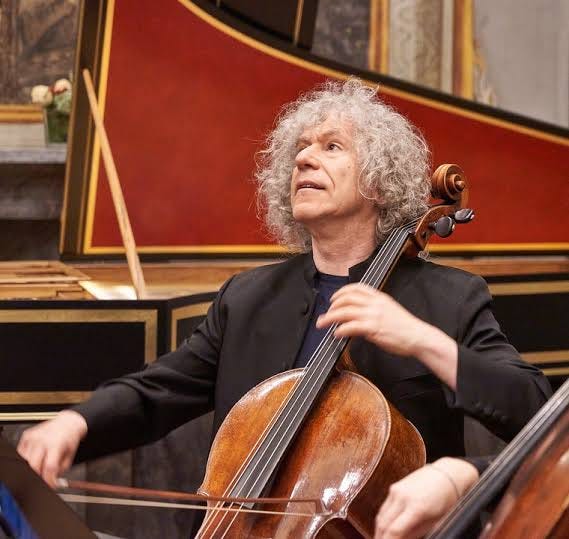
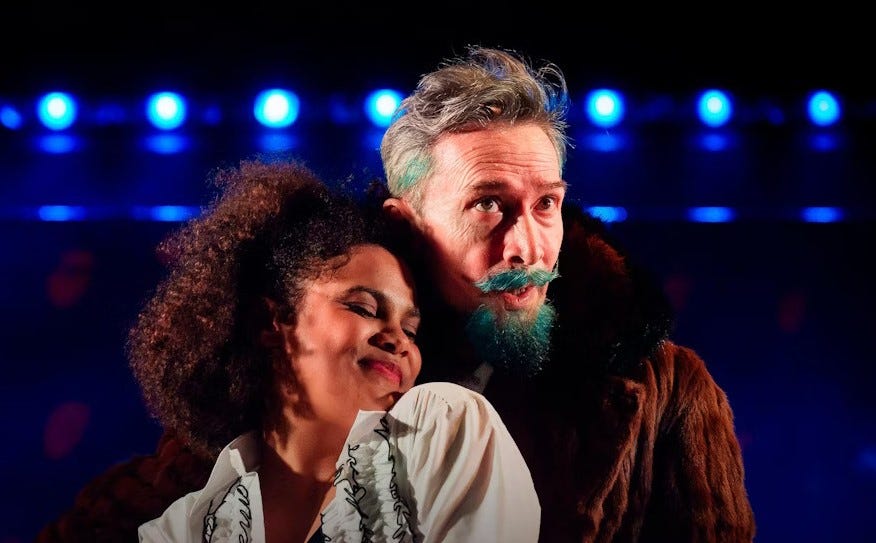
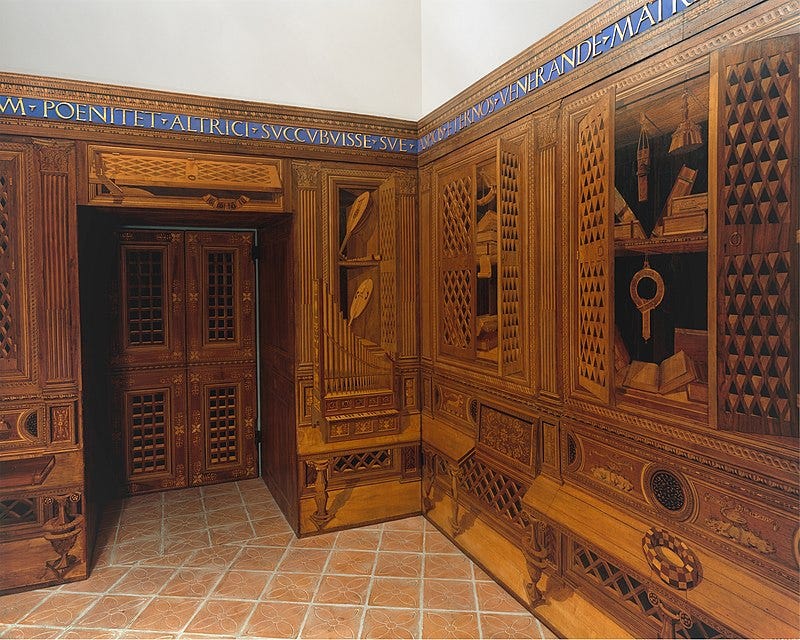
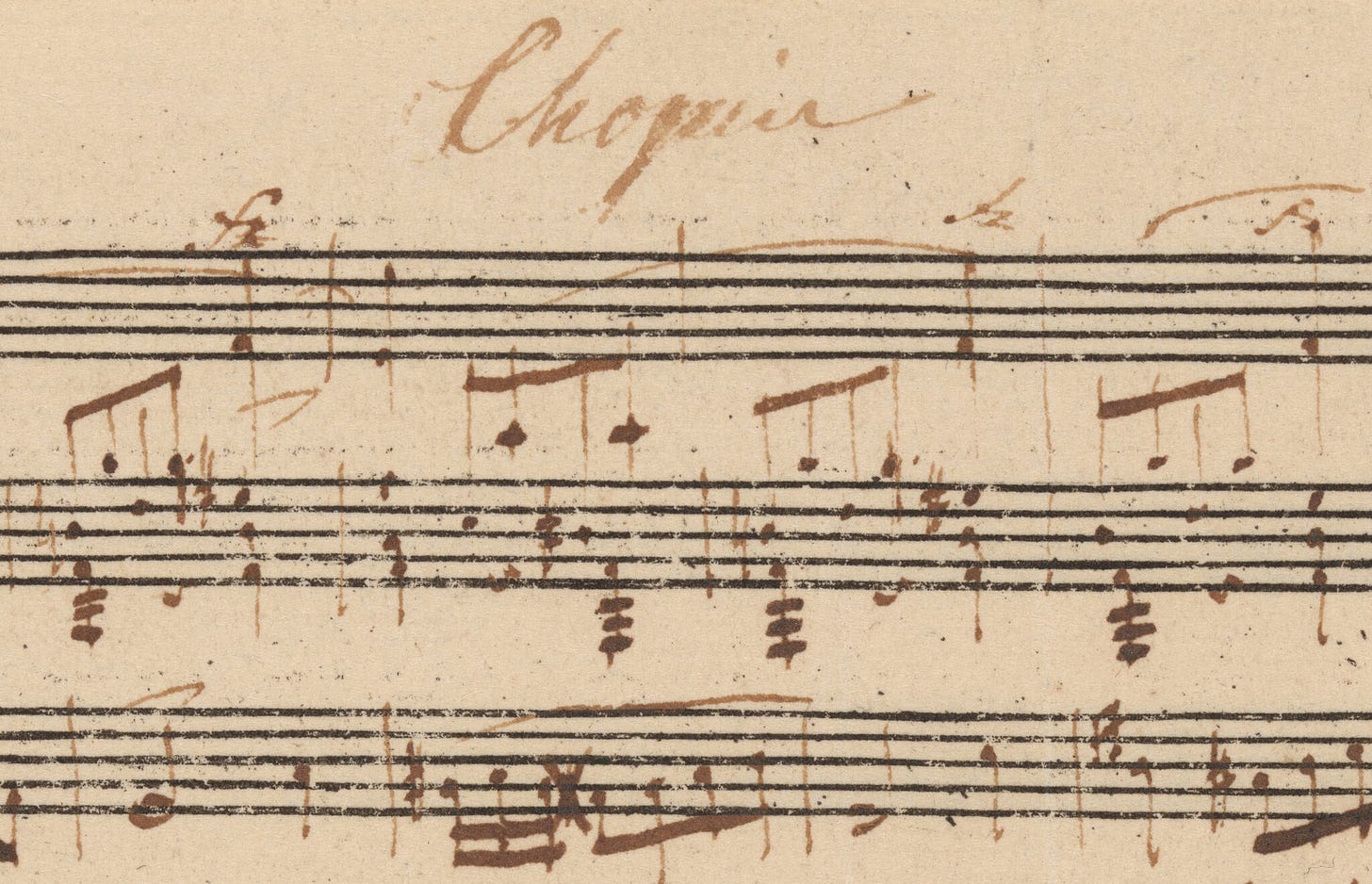
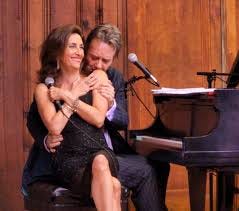
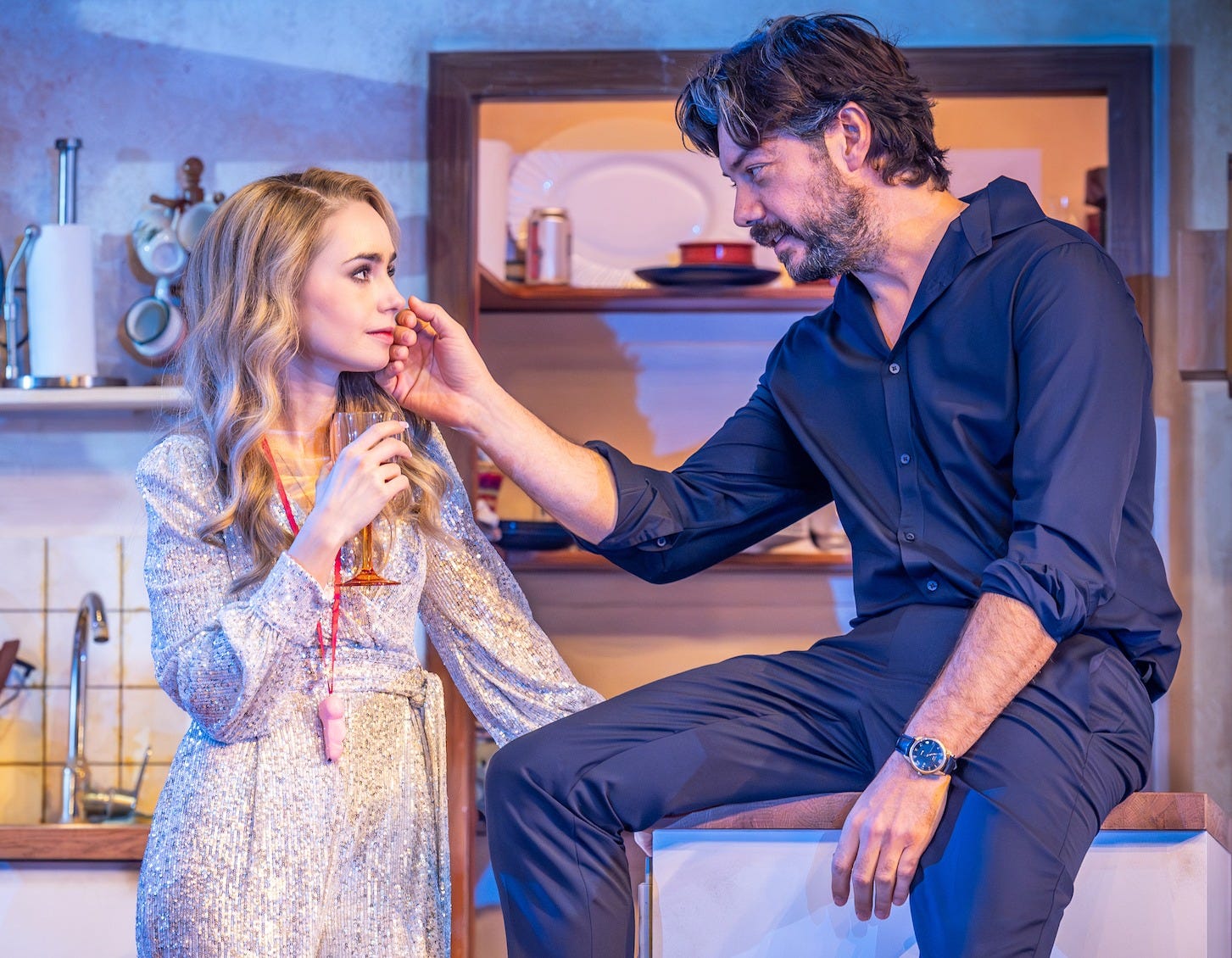
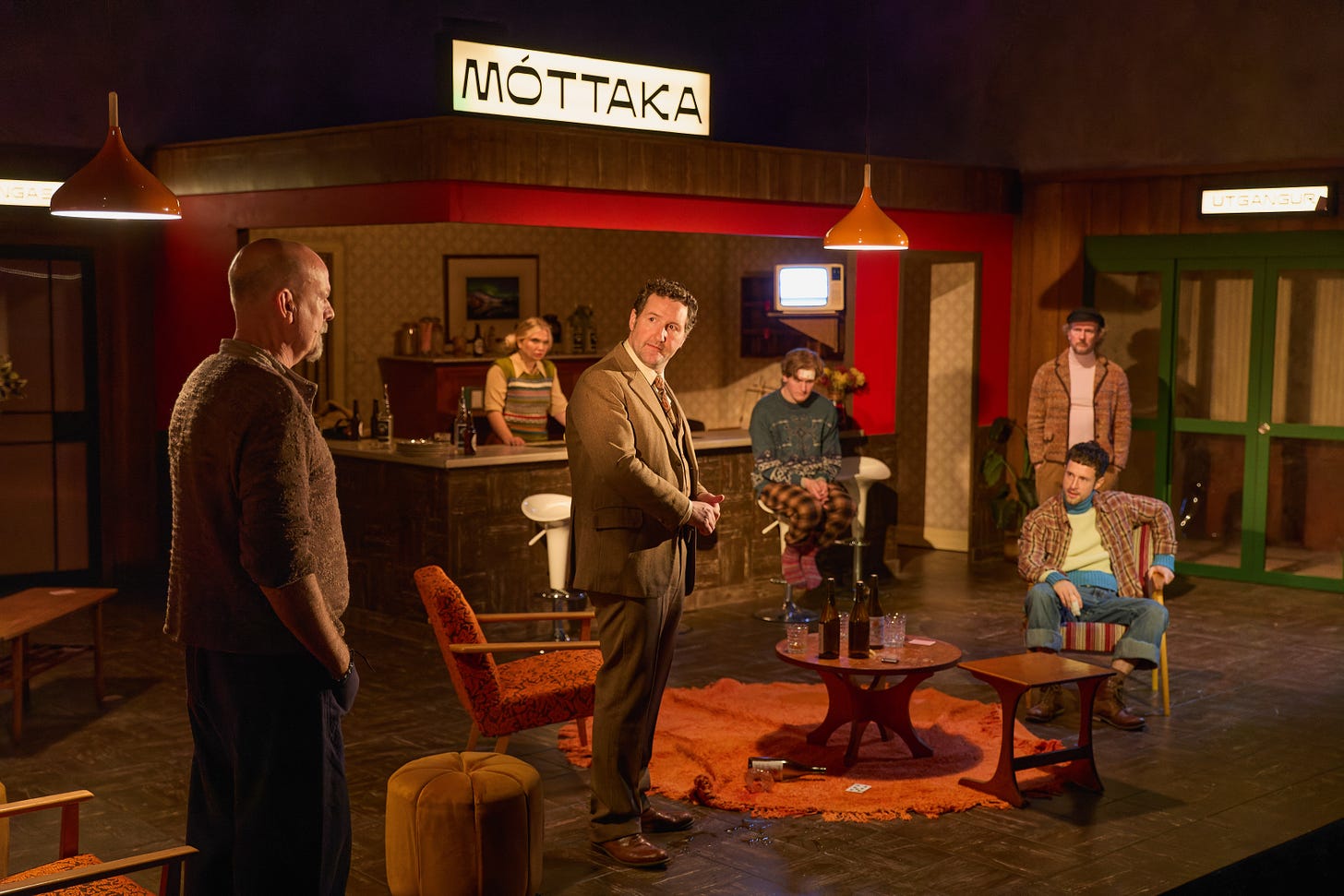
I agree, Martin, that's one of the reasons I hardly ever take myself to the cinema these days. If I want to eat while watching a movie I can watch it at home and eat my own homecooked food! Love, Ruth
Cinemas appear to be even worse than the theatre. Cinema staff are always shocked when we don't want to order food to be served in the screening. Everyone seems to have food and drinks and it's harder than ever to find a screen that has no hot food allowed! Cinemas for film, restaurants for food.